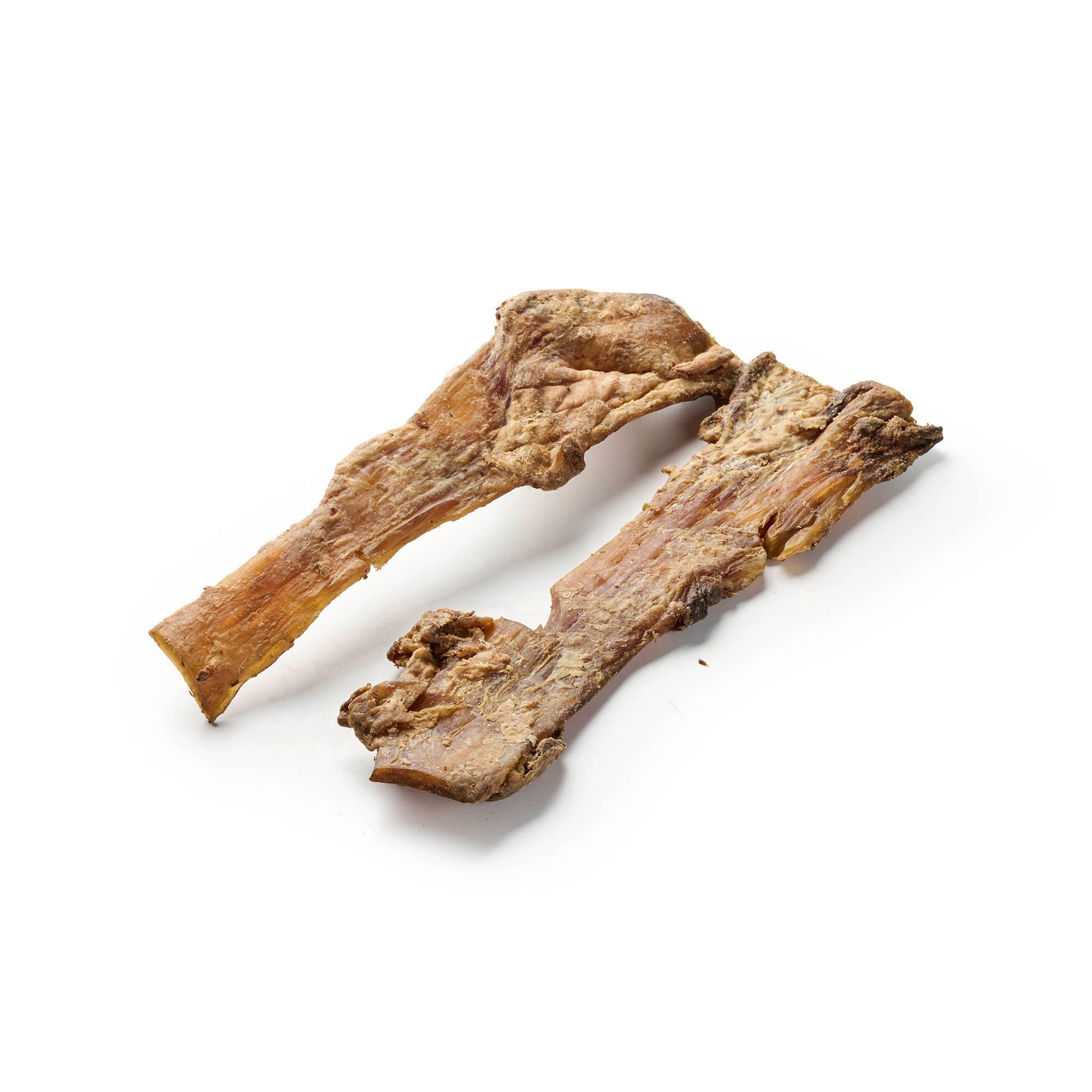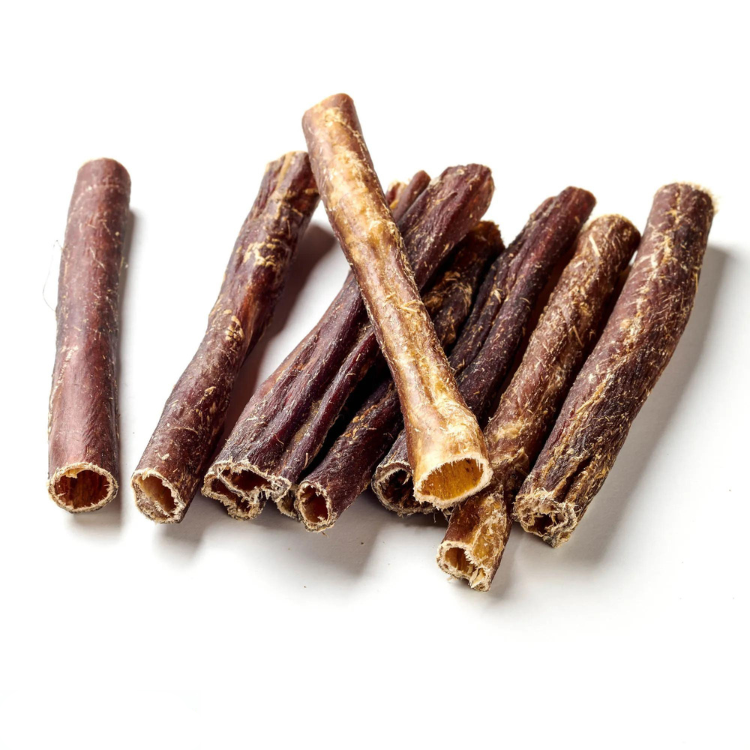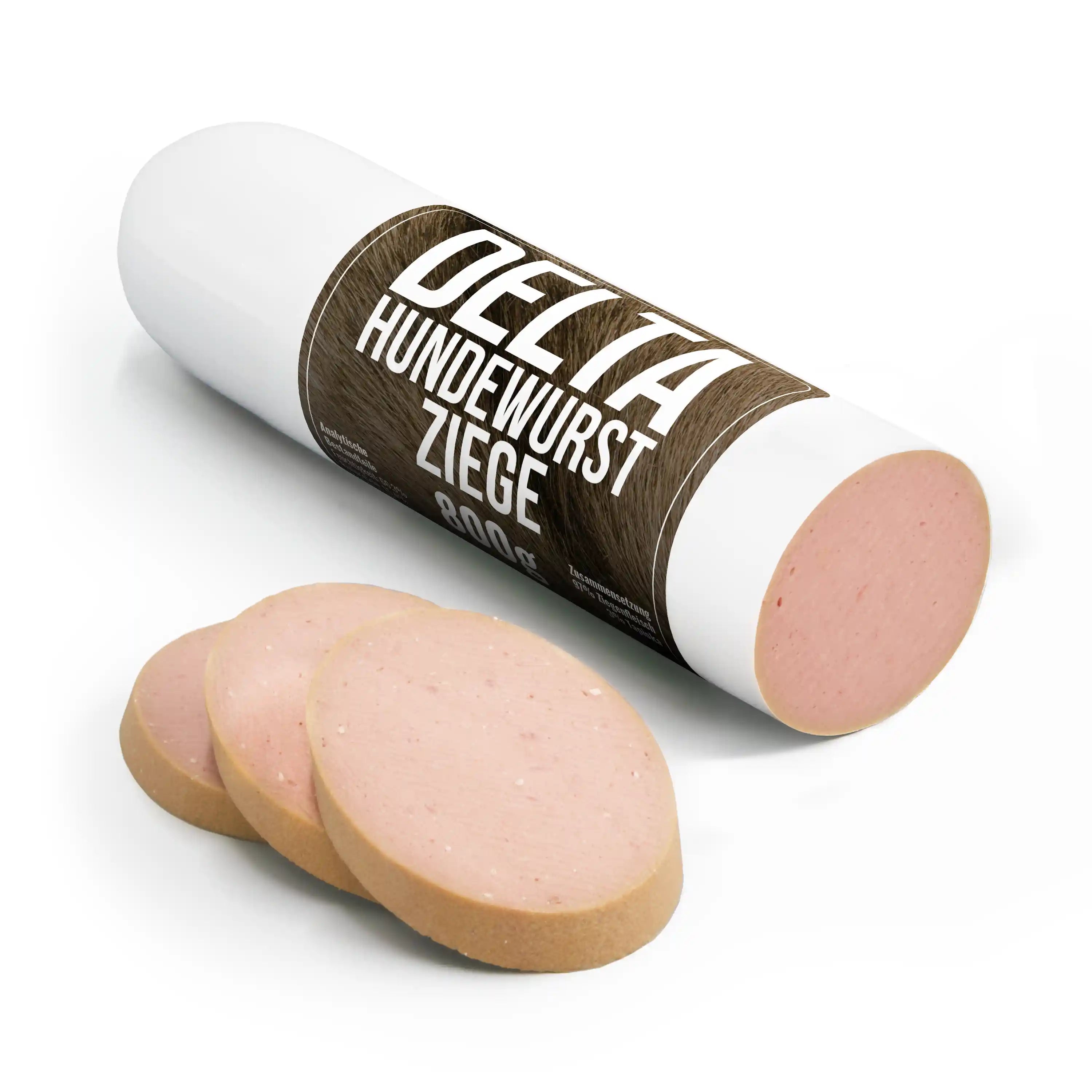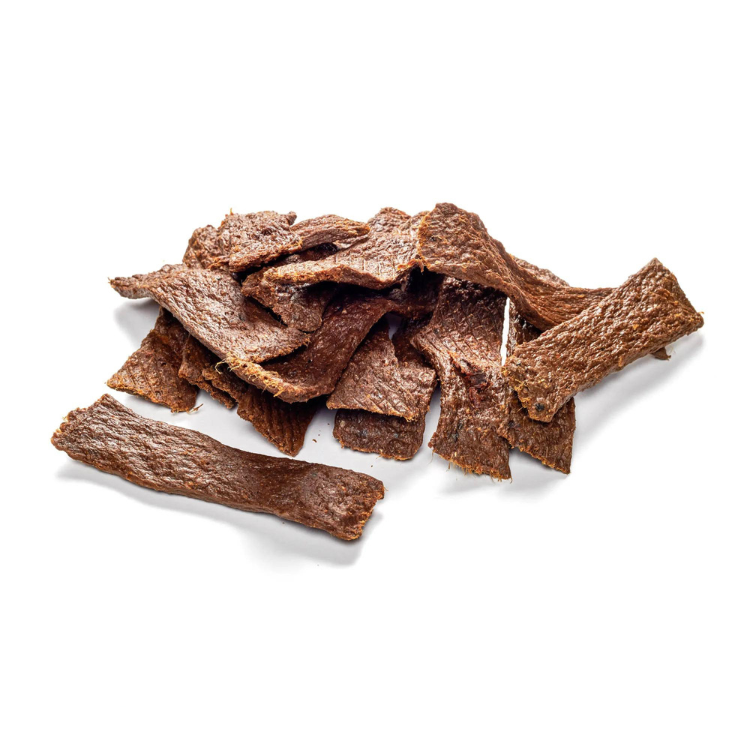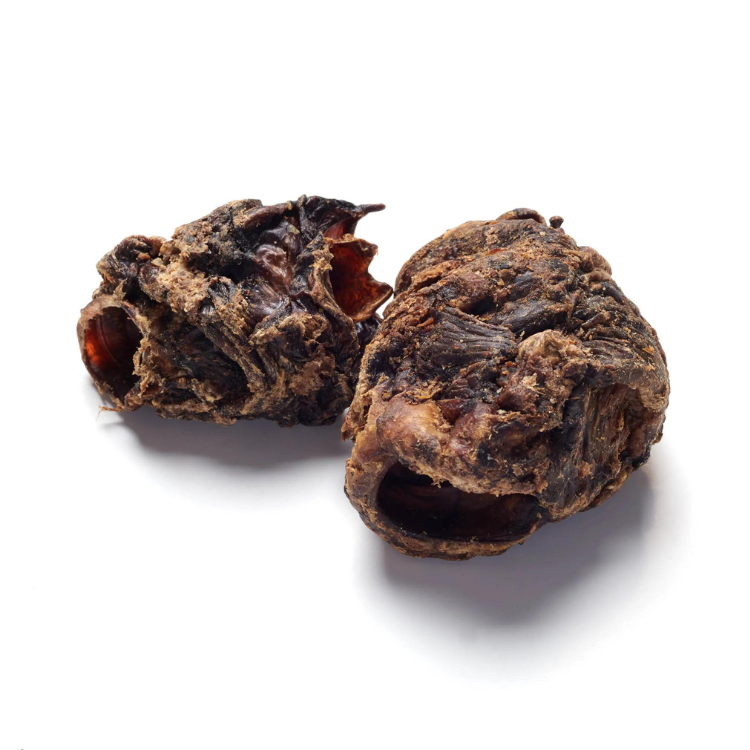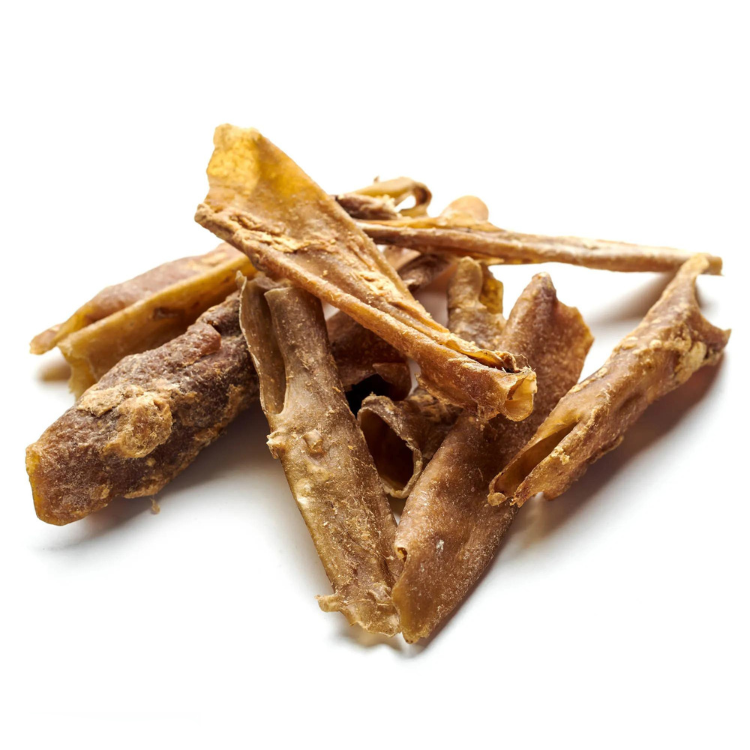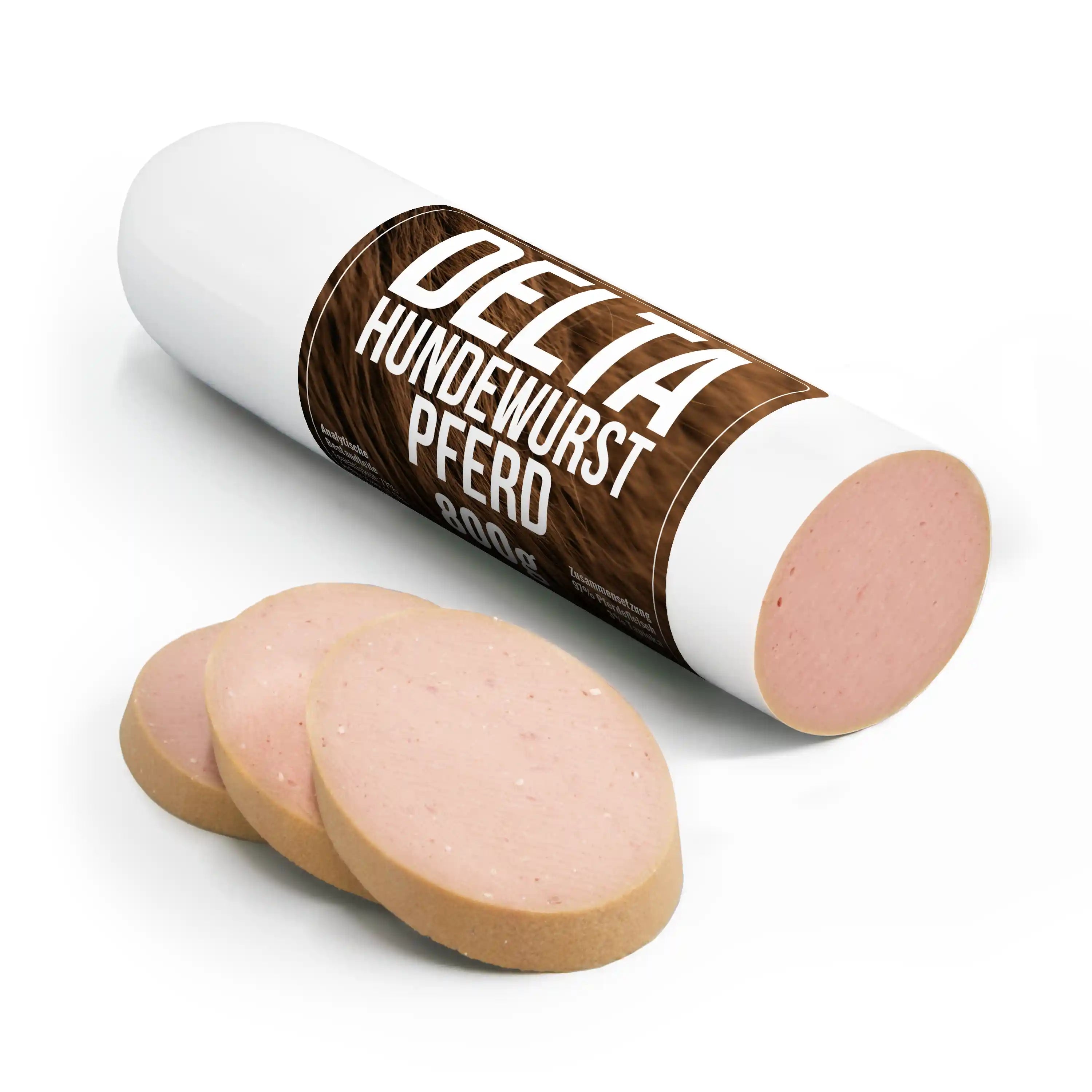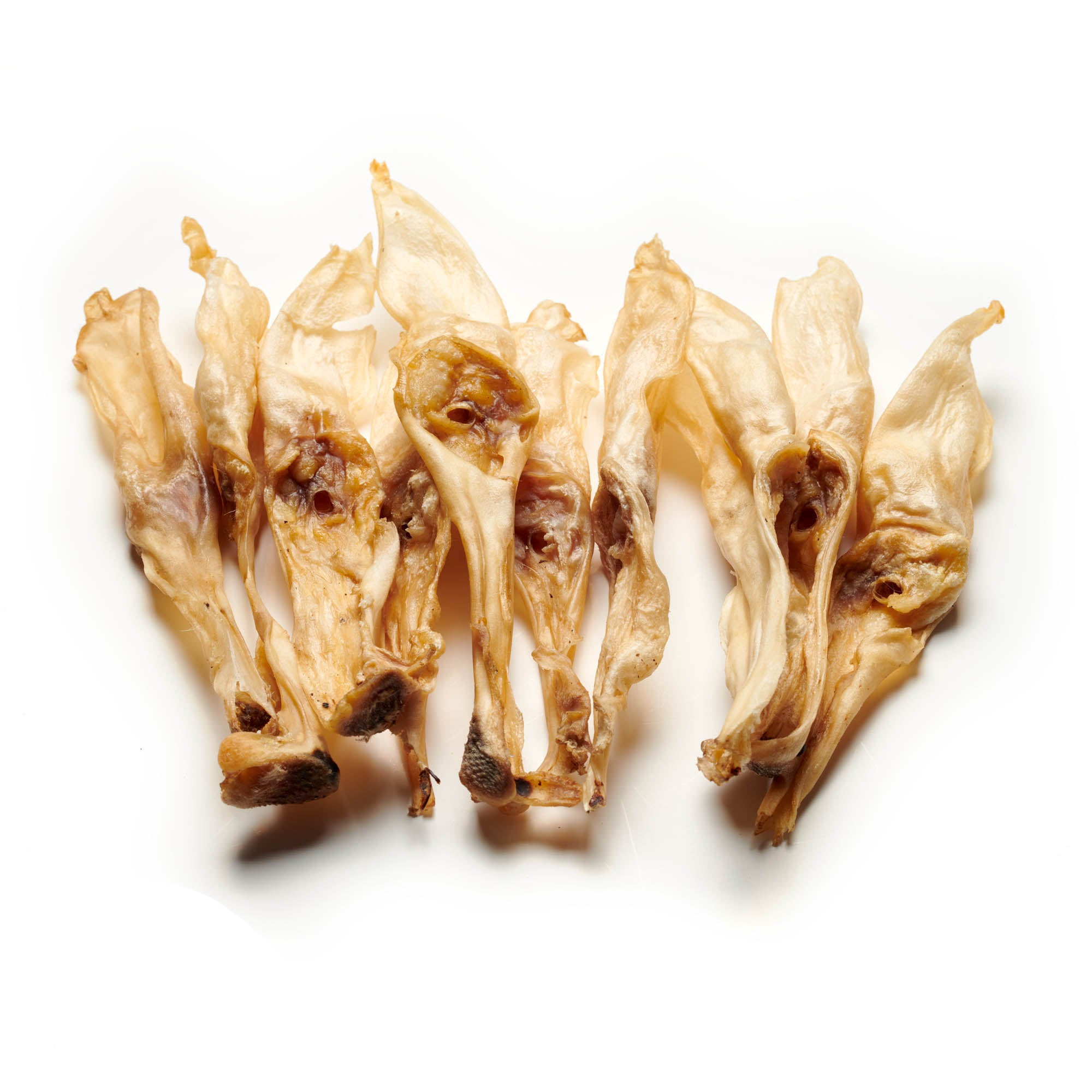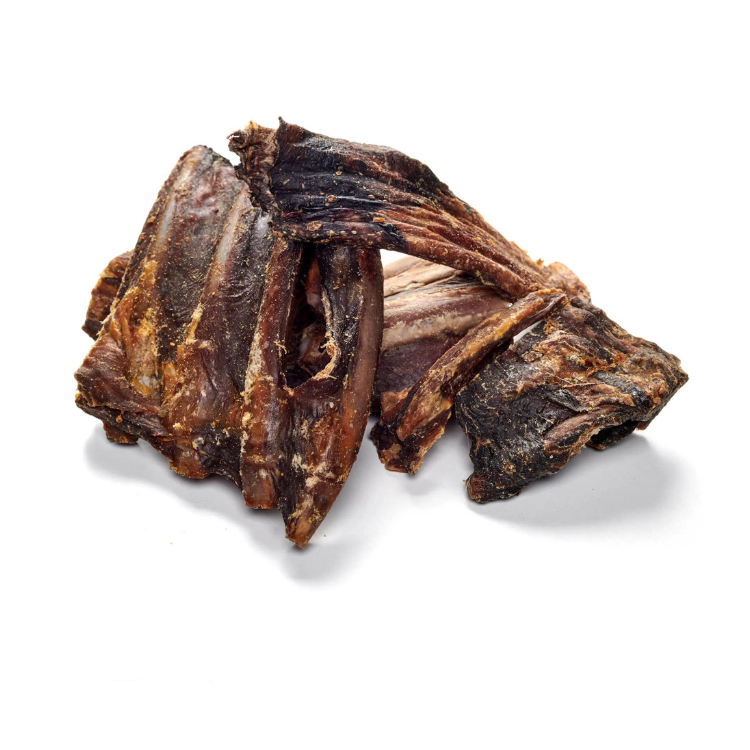
German Quaildog
Share
The German Wachtelhund, also known as the German Spaniel, is a medium-sized German breed and is recognized by the FCI. It belongs to the group of spaniel dogs and is characterized by its particularly amiable nature. However, this breed should mainly be kept as a hunting dog.
Content: German Quaildog
- profile
- Special features
- Nutrition
- Health and care
- The right accessories
- Origin & History
- Conclusion
Pamper your dog with our delicious chews!
German Quaildog - Profile
- Character: Friendly, energetic, hardworking
- Size: Medium
- Height: 48-54 cm
- Weight: 20-30 kg
- Life expectancy: 12-14 years
- Coat type: Long, dense
- Colour: Brown, Brown with White, Brown with Grey
- Special features: A small German hunting dog, specialized in bird hunting.
- FCI Group: Retrievers, Flushing Dogs, Water Dogs
German Quaildog - Special characteristics
The German Wachtelhund, also known as the German Spaniel, is a medium-sized German dog breed recognized by the FCI breeding association . It belongs to the group of flushing dogs and is characterized by a friendly and loving nature. This breed is often appreciated by hunters and foresters, but it is rather unknown. The German Wachtelhund reaches a size of up to 54 cm and weighs about 30 kg. They have dense, wavy or smooth fur and are often brown, but other colors are also possible. The German Wachtelhund is an excellent retriever and flushing dog and has an excellent sense of smell. They require a lot of exercise and should be kept in a species-appropriate manner, otherwise they may be prone to poaching. When dealing with people and other dogs, they are uncomplicated and socially compatible. They are intelligent and willing to learn, but require consistent training. This dog should only be kept by experienced hunters or people with hunting interests, and comprehensive hunting training is important to prevent undesirable behavior.
German Quaildog - What should be considered regarding nutrition?
When feeding your German Spitz, it is important to ensure a balanced diet. A large portion of meals should consist of high-quality meat, and vegetables can be a healthy addition. The amount of food should be determined individually, taking into account your dog's age, weight, and physical activity level. If your dog is still a puppy, he will need special puppy food and should be given several smaller meals throughout the day. Be careful not to give your puppy too much food at once, as this can affect skeletal growth. As a rule, 3-4 meals per day are appropriate. When fully grown, you should usually feed your dog twice a day, preferably in the morning and evening. As your dog ages and becomes less physically active, his energy needs may decrease, and seniors usually require smaller portions of food. The choice between dry and wet food is yours. Wet food usually contains more flavors and a higher water content, while dry food is less expensive, has a longer shelf life, and can be used as an occasional snack. A mix of both types can be a good option. Dog treats are allowed and can be used as a reward. Some treats are specifically designed for dental health. Chewing bones are also useful as they can help prevent tartar and remove existing tartar.
Reward your best friend with our dog treats!
German Quaildog - Health and Care
Grooming the German Wachtelhund is also straightforward. The coat should be brushed regularly, especially during shedding. The ears should be checked and cleaned, and the paws should be checked for injuries and kept clean. The nails should be checked and trimmed regularly. A dog brush, dog shampoo and dental care products are useful tools for grooming this dog.
German Quaildog - Origin & History
Breeding of the German Wachtelhund began in 1903 and has seen continuous development since then. There are two color variants, brown and brown-roan, which have been carefully bred separately. The "Quailfather" Rudolf Frieß played an important role in the development and survival of this breed. The breed has evolved over the years to minimize disease and improve breed standards.
The German Wachtelhund Association is the only existing breeding association, and the breed is mainly found in Germany. In the USA, there has also been an association called "Deutscher Wachtelhund of North America" since 2007.
German Quaildog - The right accessories
To properly equip your German Wachtelhund, you need a sturdy collar and a tear-resistant dog leash. If you keep him outdoors, a dog house in the kennel is important, while in the house he needs a basket and a blanket to sleep in. A fixed feeding place with a non-slip bowl and water trough is also necessary. Since he is a hunting dog, a dog whistle, a signal collar or a safety vest are helpful. A tracking device can be useful for long hunting trips. For safe driving, a grid in the trunk or a dog transport box is advisable. With this equipment, your German Wachtelhund is well prepared, regardless of whether he lives outdoors or indoors.
Conclusion
The German Wachtelhund is another hunting dog that is easy to groom. This breed is characterized by its versatility and is an experienced hunter and loyal companion.
Pamper your dog with our chew products!

